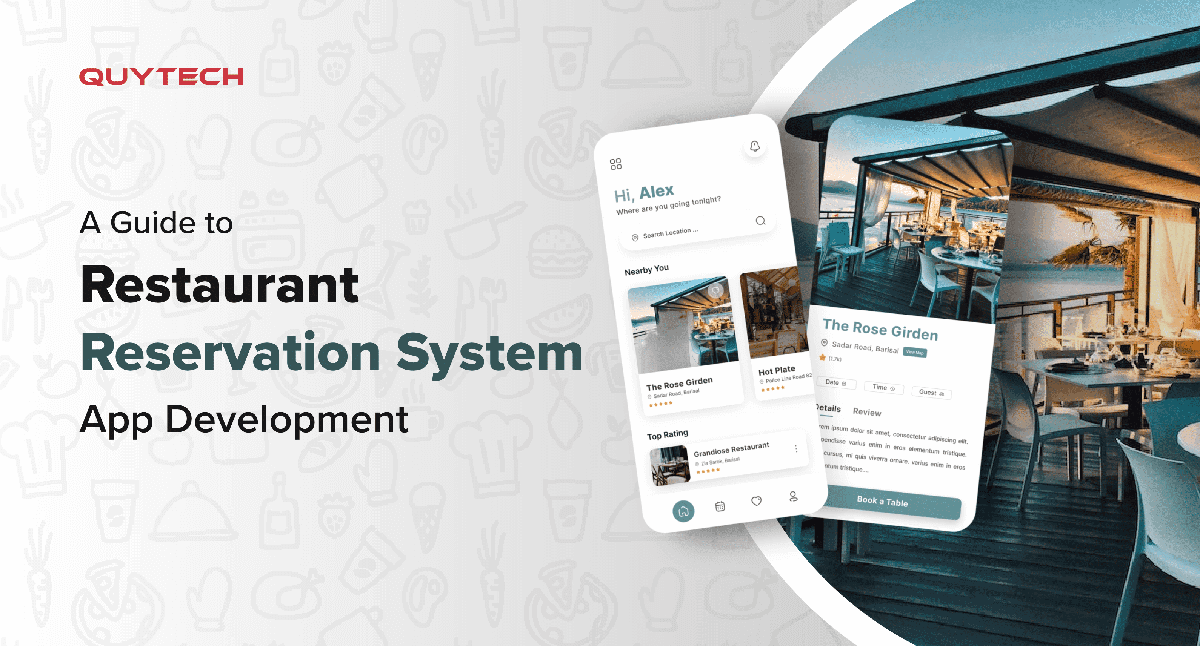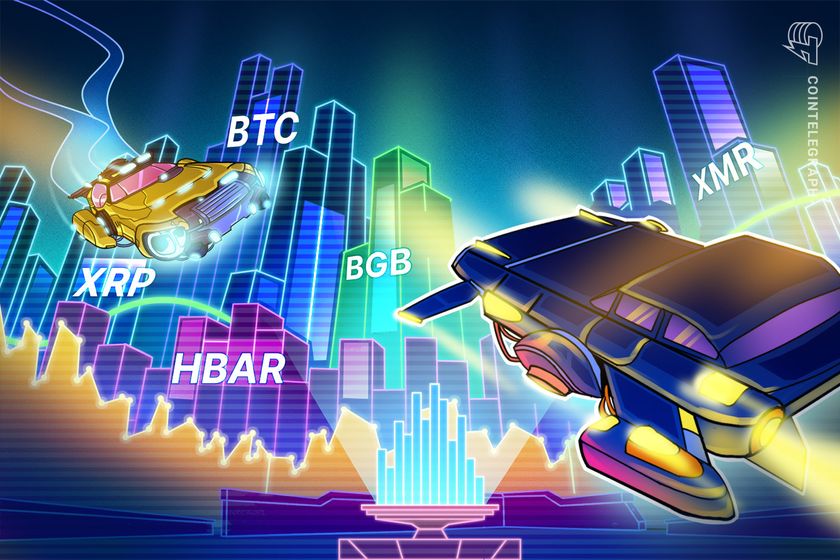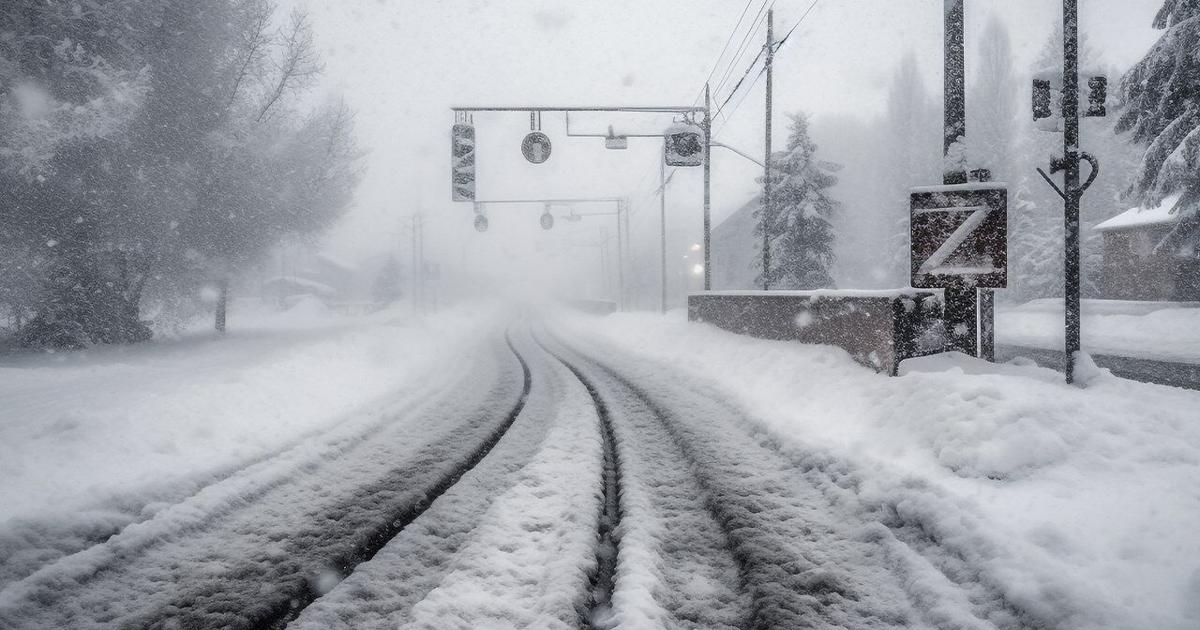Developing a restaurant booking system is a worthwhile choice in the current economic climate, and it is probably the hospitality sector’s future after the epidemic. Although they appear to be straightforward, there is tons of room for improvement and the development of really original systems.
As a restaurant owner, it is challenging to manage several tasks at once. You must manage your employees, customers, goods, and the quality you offer to your valued customer base. Whatever you decide for your restaurants will have an instant influence on your income.
When it comes to the earlier days, Covid-19 has made an impact on every industry. However, we eventually saw the actual usefulness of the internet in other industries, like the restaurant business, because food delivery services were a lifeline for restaurants during the lockdown.
Aside from internet meal ordering, this business is also working hard on restaurant reservations. People can use a mobile app or website to explore a restaurant’s menu, reserve a table, and pay for their meal.
Pre-reservation not only saves customers time but also keeps them out of trouble if the tables have already been taken. If you run a restaurant, you understand how difficult it is to manage bookings on a daily basis. Handling all of those phone calls, escorting customers to their seats, collecting orders, and occasionally even handling cancellations is more difficult stated than done.
In this post, we will go over a few crucial topics that can assist you in developing your own restaurant reservation app.
Types of Restaurant Reservation Systems
When developing a restaurant reservation application, one of the primary important factors to consider is the business model. When developing a restaurant reservation app, you may select between two types of business models based on your business logic. Let us go over them quickly:
Aggregator Model:
This concept functions similarly to a marketplace, with establishments registering with multiple restaurant booking applications such as yours. One may charge a set fee to restaurants for each trade or table reservation. Companies such as Yelp, OpenTable, and others employ this strategy to deliver suggestions and services to their customers.
Pros
One can network with a lot of restaurants to boost the reach and ROI of your business.
Cons
In the beginning, network operators will be required to invest in designing an application and acquiring materials to instruct restaurant staff on how to use the technology.
Self-owned App:
Restaurant operators in this sort of business may reserve tables through their own app. In this instance, aggregators are not obligated to be compensated by restaurants for each reservation.
Pros
Restaurant owners may provide customers with exclusive deals to boost their app users and customer loyalty.
Cons
Restaurant proprietors will struggle to improve their consumer base and sales.
Benefits of Restaurant Booking System App
The most hated phrase in the restaurant business is “open table.” You must cover your rent, electricity, taxes, and food when you operate a restaurant. You’re aiming to get wealthy.

Your financial situation will improve if fewer tables remain vacant. By using a restaurant reservation system, you might save yourself from suffering the outrage of Open Table.
For Customers:
Guests won’t have to stand in long lines outside the restaurant, which is one of the main advantages. They can easily select a mealtime, reserve a table, and even make a food order using your restaurant booking software. Also, this gives restaurants knowledge of the expected amount of patrons for the day so they may properly plan their staffing and menus. Additionally, it reduces food waste.
Review and Criticism of the Text:
Guests can read previous guests’ ratings and comments, which provide data about hygiene, meal quality, serving approach, and other criteria, permitting them to make rapid judgments.
Order Food in Advance:
Visitors who know exactly what they would like to eat can place a pre-order with ease. They don’t have to wait around for someone to come get their order, and the kitchen staff can start making the necessary preparation.
Avoid Making Calls to Save Time:
To reserve a table, understand the menu, provide any specific instructions that might be required, etc., patrons do not need to phone the restaurant. They can easily complete all of the activities independently with the aid of restaurant reservation booking applications because all the data will be contained in the app. This lessens the needless burden and offers a fantastic customer experience all around.

For Owners:
Excellent Customer Service:
Giving users all the information they need in the app enables restaurants to give them a seamless experience. They are able to give customers all the items they may have mentioned while booking a reservation. Additionally, the pre-order function is a blessing for restaurants because it eliminates the need to wait a long time to place an order after entering the establishment and promotes efficient operations. Don’t leave out this feature, then, while creating an app for making restaurant reservations.
Make Reservations At All Times:
The smartphone app makes it simple to accept reservations around the clock. Customers can make bookings whenever they want, and depending on your availability, you can either accept
or decline them. There is little requirement for direct client engagement, and there is less back and forward between dialogue.
Online Menu Provision:
A whole cuisine can be made available via the app so that customers can browse it and, if necessary, place preorders while booking reservations. This aids in preventing food waste and enables kitchen personnel to prepare essential materials in advance.
Encourage Loyalty Initiatives:
To support your restaurant business, conduct focused marketing and provide the necessary discounts. You can also provide discounts to your customers, notify the first paid customers, etc. These products will help to keep your customers intrigued and coming back to you.
The advantages that dining reservation applications may offer patrons and restaurant owners are virtually endless. You require a technical partner to help you finish the custom creation of restaurant reservation apps while you are developing an application. Let’s examine how to create a user-friendly restaurant reservation app as we move forward.
How to Develop a Restaurant Reservation System App?
The process of developing a restaurant is challenging because it requires extensive planning before opening. Additionally, if you want to keep up with industry trends, you must have a reservation system application that allows you to easily handle table bookings for your restaurant.

To assist you in starting your own restaurant reservation system application, we have put up a list of a few things.
Make A Market Analysis:
When developing a restaurant table reservation app, this is the fundamental stage. You must first conduct the essential market research and identify your target market. You can choose the scope and profit strategy of your app using this data. One will know the demand for your app, the key features that it needs, your target demographic, prospective forms of advertising, etc. after the market research is complete.
Choosing a Marketing Strategy:
Selecting a company strategy is the subsequent stage. There are two different sorts of business models, as has already been previously said, depending on your company’s logic and market demands. We favor using an aggregate model.
Why?
This marketplace-style strategy will enable you to establish connections with more establishments and offer superior service. Additionally, your users may quickly see a variety of eateries, assess their prices and menus, and read reviews. As a result, they are better able to make speedy selections and reserve preferred tables, which benefits everyone.
Appealing UI/UX Design:
Unquestionably one of the most important aspects of developing a restaurant table booking software is UI/UX. You must make sure that your user experience is engaging, clear, and interactive. Just recall any banking application you have deleted because you couldn’t figure out what was going on; I know I have. The same applies to your end consumers; they can also stop using your program.
Ensure the comfort of your visitors when utilizing your application. You must help ensure that your app loads quickly, is simple to understand and use, etc., in order to prevent consumers from switching to another program.
As it will help you raise your ROI, customer loyalty, and retention, enhance SEO rankings, enhance consumer loyalty, plus help you grow your business, and make absolutely sure the UI/UX of your app is flawless. Overall, a positive user experience and effective customer service are greatly influenced by UX.
Look For A Tech Companion:
Without the assistance of a food delivery app development company, it is challenging to start from scratch by developing an app for restaurant table reservations. Contact and hire dedicated developers that specialize in creating food ordering apps, like Quytech. They employ order to reach this goal and can assist you with every aspect of your application’s implementation.
They have been in the business for more than twelve years and have assisted more than 350 clients in growing their businesses. Contact them, and they’ll assist you with all your app development needs. we show you a sample of our rudimentary restaurant reservation system.
Must-Have Features of A Restaurant Booking App (Section Wise)
You’ll require two different versions of your software, one for users and one for management if you want your restaurant business to succeed in the cutthroat market of today. Before you hire dedicated developers or contact any restaurant application development companies, it is crucial to decide which functionalities are required for each edition.

When experts create a restaurant table reservation app, they take care to ensure that your users have a true booking experience with your company application. Some exciting features that might be incorporated into the mobile app process of development to facilitate the table reservations app include:
Admin Panel:
Economic Enhancement: Here, the revenue generated by the visits is monitored and improvement measures are implemented.
Table Management: The doorway administrator oversees the dining areas from this area, ensuring that both engaged and free seats may be promptly refilled.
Text and Online Version: From this one, administrators manage emails and online chats sent by users to confirm reservations or provide information on other matters.
Coupon Program: In this instance, the administrator manages the coupons and occasionally gives them to users.
Pay Procedure: This reflects the user-generated internet installments.
Customer Panel:
Signup/Sign-in: Customers can find the mobile app utilizing their social media network login credentials or their email account.
Pursuit Console: Customers can access restaurants on outside restaurant booking apps depending on the neighborhood or in accordance with a specific culinary style.
Choices: Users can add many more mouthwatering items to the top selections, which will save them a tonne of time the very next time they need to make an arrangement.
Book/View Reservation: Customers will have an idea of how full the seating is overall, and if the seats are full, they can choose another restaurant or another seat.
Browse: Customers can view the meal booking app, its distinctive features, and any unusual arrangements happening right now.
Preferences: This allows users to communicate their preferences well in advance to avoid any confusion later on. For example, some people detest onion in their cuisine, while others love their cuisine to be spicy.
Restaurant Panel:
Attributes Update: In this, the owner gives the information, such as the customer’s identity, the customer’s line of work, and other important details.
Scheduling: The crucial element of the table in a restaurant reservation software allows owners to organize their mealtimes and free days.
Membership Program: The restaurant should choose the ideal membership package, and it needs to be renewed periodically.
Diner-Book: Additionally, a log of all prior patrons’ meal orders and sitting preferences are preserved.
Reservation Control: This section involves reviewing reservation records, looking for currently available and unavailable tables, and monitoring the progress of bookings, among other things.
Shift Summary: This section addresses how many patrons a restaurant has at any one time. The restaurant proprietors can take care of this to efficiently manage everything.
Offer Listing: The key to staying ahead of the game is getting listed on the top café list.
Cost To Develop a Restaurant Reservation App.
The development cost of any mobile application depends upon the factors like technology, features, app design, app developers, and others. We need to develop a restaurant reservation app that is compatible with all devices like Android and iOS platforms to reach more diners.
The estimated cost to develop an app like OpenTable is around $65,000 to $1,50,000. If you partner with a mobile app Development Company in the United States or Eastern Europe, the cost may increase more than $2,00,000.
Final Thoughts
To sum up, the time seems ripe to start your own business and profit from the fastest-growing sector. Allow technology to assist your restaurant. Use one restaurant reservation system to establish your business and provide your loyal customers the ease of scheduling dinner outings with their loved ones.

To help you establish an engaging, adaptable, and user-friendly program, get in touch with us if you still need guidance on how to develop a restaurant reservation app. Consumers of today prefer on-demand services more. As a result, using specialized software for dinner reservations is an excellent idea.
Post Views: 196





















Discussion about this post